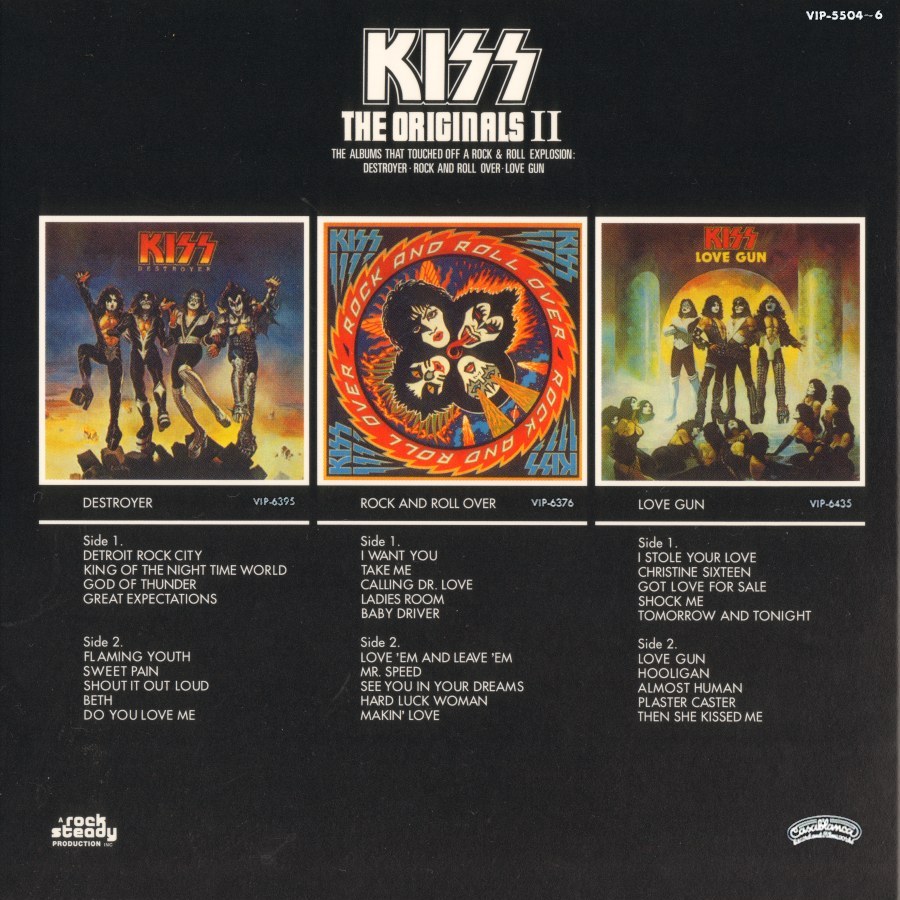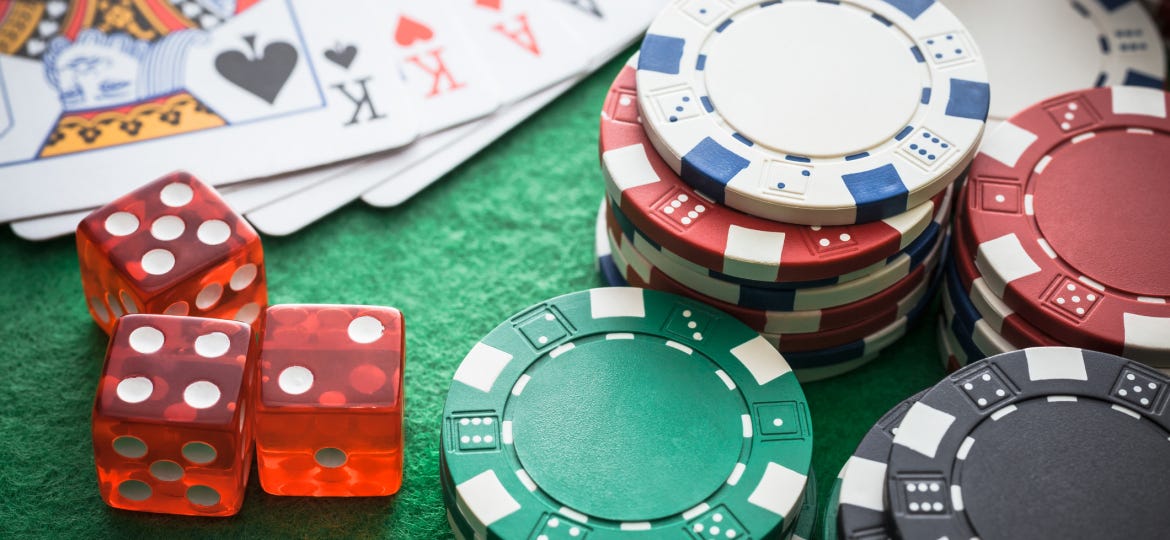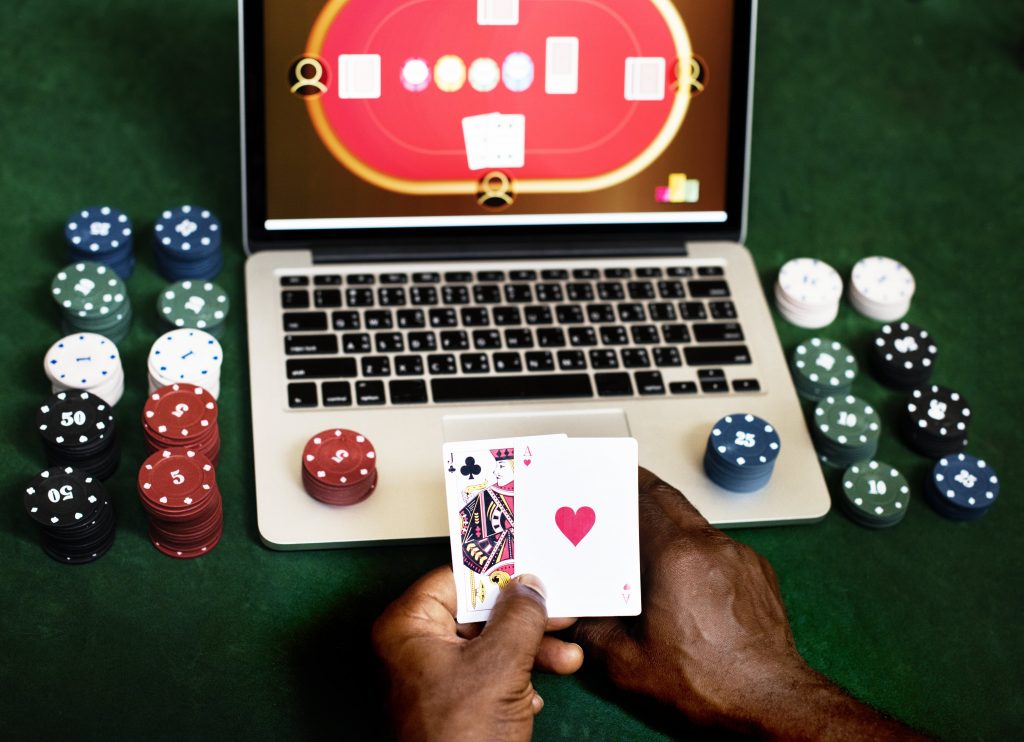How Is Probability Used In Gambling
The area of mathematics dealing with the chance of certain outcomes is known as probability theory. Probability is the likelihood of a given event occurring. With gambling, probability is simply the possible ways of winning divided by the total possible outcomes.

Claim: Blaise Pascal and Pierre de Fermat invented probability theory to solve a gambling problem. Probability is the branch of mathematics concerning numerical descriptions of how likely an event is to occur, or how likely it is that a proposition is true. The probability of an event is a number between 0 and 1, where, roughly speaking, 0 indicates impossibility of the event and 1 indicates certainty. How Probability is used in Games of Chance. Human beings seem to have a natural instinct for gaming and gambling. The Egyptians were playing a board game called Senet over 5000 years ago, and it’s likely that simpler games preceded this. Our minds seem to be programmed to want to play, and to want to win.
In a typical Lottery game, each player chooses six distinct numbers from a particular range. If all the six numbers on a ticket match with that of the winning lottery ticket, the ticket holder is a Jackpot winner- regardless of the order of the numbers. The probability of this happening is 1 out of 10 lakh. Frequentist probability or frequentism is an interpretation of probability; it defines an event's probability as the limit of its relative frequency in many trials. Probabilities can be found (in principle) by a repeatable objective process (and are thus ideally devoid of opinion).
How Does Probability Work?
To understand probability, a simple example can be used. Consider a coin where one side is heads and the other side is tails. If the coin is flipped, then the two possible outcomes are that the coin will land with the heads side facing up or the coin will land with the tails side facing up.
- Best Casino for Live Dealer Games
- Accepts all Countries and US States
If heads are called, the probability of heads resulting from a coin toss is equal to 1 out of 2 or .5 or 50%. Likewise, the probability of tails resulting from a coin toss is also 1 out of 2 or .5 or 50%. Probability is most often referred to as a number between 0 and 1 and it is important to note the probability of all possible outcomes always equals 1. In the case of the coin, .5 and .5 equals 1.
How Does Probability Work?
The probability theory can also be used in gambling. On an American roulette wheel, there are 38 numbers. The probability the ball will land on any number is 1/38 or .026. So, there is a 2.6% chance that every time the ball lands, it will land on any given number. It becomes apparent that the more possible outcomes there are, the less likely it is a gambler will experience a winning outcome.
What Is The Relevance of Probability to Gambling?
While probability can help predict the number of times a particular outcome will occur, it will not predict when an outcome will occur. Based on the probability theory, a coin flipped 100 times would result in heads about 50 of those times and in tails the other 50 times. However, when those results would occur is not predictable.

If someone calling heads had some luck, the 50 heads would come up early in the game. If their luck was average, the vast majority of heads would occur intermittently and about as frequently as the heads. Bad luck would likely result in tails more frequently in the early going for someone calling heads.
Probability can also be used to help determine the long term monetary windfall associated with a game and ultimately whether or not a game is financially worth playing. It goes without saying that if probability can be used to predict favorable outcomes, then it can also be used to predict the frequency of unfavorable outcomes. The more successful gamblers are likely those that understand how probability works.
Probability theory has many applications in various situations. Being able to predict the chance of an outcome can be helpful in making decisions related to these situations. When it comes to gambling, probability can compare the number of winning outcomes against all possible outcomes in order to give gamblers and the house the information they need.
You want to know how to calculate probability in gambling?
The first step is understanding what the word means.
The word probability has 2 meanings:
- The likelihood that something will or won’t happen.
- The branch of mathematics that measures that likelihood.
If you’re a casual gambler, you might have a vague idea that the probability of a win can be measured.
But until you understand the specifics of how to calculate probability, you can’t be considered a sophisticated gambler.
This post explains how to calculate probability in gambling and why it matters to gamblers.
How to Calculate Probability as a Fraction
Whether something will happen can be measured on a scale from 0 to 1. If something can never happen, its probability is 0.
Here’s an example of something with a 0 probability:
You have a standard 6-sided die. It’s numbered from 1 to 6. The probability of rolling a 7 is 0. It’s not possible.
Here’s an example of something with a probability of 1:
You have a trick coin with 2 heads. When you flip the coin, the probability of it landing on heads is 1. (And the probability of it landing on tails is 0.)

Most events have a degree of uncertainty to them, though. You can measure how often you expect those events to happen as a fraction.
Here’s an example:
You flip a normal coin with a heads side and a tails side. The probability of getting heads is 1/2.
The Magic Formula for Calculating a Probability
The formula for calculating that probability is simplicity itself:
You divide the number of ways you can achieve the desired event by the total number of possible events.
In the case of a coin toss, there’s only one way to get heads. But there are 2 possible results.
1 divided by 2 is 1/2.
This probability can be expressed in any of the following ways:
- As a fraction.
- As a decimal.
- As a percentage.
- As odds.
Some of these are more useful than others in certain situations. I’ll get into that a little more later in this post.
But for now, let’s convert that 1/2 probability of getting heads into each of those 4 ways:
- As a fraction, the probability is represented as 1/2.
- As a decimal, the probability is represented as 0.5.
- As a percentage, the probability is represented as 50%.
- As odds, the probability is represented as 1 to 1.
Most of us are familiar with probability represented as a percentage. After all, most people watch the nightly news or at least look at the Internet for the weather report.
And they always express the probability of rain with a percentage.
If there’s a 20% chance of thunderstorms, we know that there’s a roughly 1 in 5 chance of rain, thunder, and lightning.
Mathematics In Gambling
Bigger Probability Problems
Probability gets more interesting as you start calculating probabilities for multiple events.
Let’s say you want to know the probability of getting heads twice in a row.
This is an example of an “and” probability. You need to get heads on the first throw AND on the second throw to win this bet.
When calculating a probability for multiple events that use the word “and”, you multiply the probability of event 1 by the probability of event 2.
In this case, that can be represented as 1/2 X 1/2 = 1/4.
The probability of getting heads twice in a row is, therefore, 1/4, which can also be expressed as 25%.
Notice that the probability is lower. That’s what happens when you multiply fractions.
Let’s say you want to calculate an “OR” probability instead. This time, let’s use a 6-sided die as an example.
You want to know the probability of rolling a 6 on at least one of 2 rolls.
That’s an example of an “or” probability. You want to know how likely it is that you’ll roll a 6 on the first roll OR on the second roll.
You have 6 possible results, but only 1 of them is the 6. So your probability of rolling a 6 on either roll is 1/6.
In an “or” probability, you add the probabilities together. In this case, that would be represented as 1/6 + 1/6 = 2/6. Of course, most people would reduce 2/6 to 1/3, which is also often expressed as a percentage, 33.33%.
Expressing Probabilities as Odds
The tricky expression of this isn’t as a fraction, a decimal, or a percentage. Most of us are familiar with these expressions. That’s basic math.
But most of us don’t have backgrounds in statistics, so we’re not used to expressing probabilities in odds format.
Here’s how to calculate probability in odds format.
When expressing a probability as odds, you just compare the number of ways something can’t happen with the number of ways it can happen.
Probability In Games
If you want to look at the odds of rolling a 6 on a single 6-sided die, you’d look at the number of ways you could possibly roll anything else versus the number of ways you can roll the 6.
In this case, you’re looking at 5 to 1. You have 5 ways to roll anything but a 6, and only one way to roll a 6.
This becomes useful when you start looking at the expected profit or loss on a bet.
Bets always pay off at certain odds–how much you win versus how much you risk.
Many bets pay off at 1 to 1, or even odds. This is especially true of bets you make in a casual situation.
Here’s an example:
You’re shooting pool at your local bar, and you bet your buddy $20 on the next game. If you win, he gives you $20. If he wins, you give him $20.
But let’s suppose that your levels of skill are different.
Let’s suppose that he’s better than you, and he stands to win 2 out of 3 times.
The odds of him winning are 2 to 1.
If the bet pays off at even odds, in the long run, he’ll profit from playing pool against you under those terms.
He’ll win, on average, $40 during 3 games. You’ll win $20. His net win is $20.
Average that net win out over the 3 games, and he’s winning $6.67 per game on average.

If this were a casino game, you could translate that into a percentage, and you’d have the house edge.
But I’m going to write another post about the house edge, soon. And I don’t want to spoil it for you.
Instead, I’m going to leave you with one more example of how odds are used–this time in a game of poker.
Gambling Math
In this example, we’re going to assume that you have 4 cards to a flush, and you’re reasonably sure you’ll win the hand if you make the flush. You’re playing Texas holdem, and you have 2 cards that are hearts in your hand, and there are 2 hearts on the flop.
You have 2 cards yet to come.
You might think that the probability of getting a heart on the next card is 1/4. After all, there are only 4 possible suits in a deck of cards.
But that doesn’t take into account the cards that have already been dealt.
You have 2 cards, and there are 3 cards on the board. So there are only 47 cards left.
The deck has a total of 13 hearts in it, but you know that 4 of them are already gone, leaving 9 hearts.
The probability of being dealt a heart for your next card is 9/47.
If you don’t get a card on the next hand, you get another chance, and this time, the probability is 9/46.
The easiest thing to do here is convert those into percentages first.
You have a 19% chance of getting a heart on the turn. You then have another 19% chance, more or less, of getting a heart on the river.
Add those together, and you get 38%. That’s close to 38%, or around 3 to 1.
If it costs $100 to get into the pot, you stand to make a profit if the pot has more than $300 in it. If it has less than $300 in it, you stand to lose money over time.
Finally
These are just some rough probability examples. But this is the first step in becoming a savvy gambler–knowing how to calculate probability.
How Is Probability Used In Gambling Winnings
Being able to compare the odds of winning with the odds you’re getting paid enables you to decide whether a bet is profitable.
Not long ago, I wrote about the skills you need to master video poker. Learning how to calculate probability in gambling is included as one of those skills.
Tomorrow I’ll write more about the house edge in casino games.